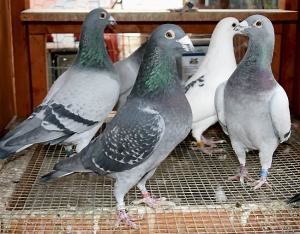 There are guidelines that can help one in the search for breeding potential. First to consider, is the pedigree. And by pedigree I mean a full disclosure of the immediate predecessors and their performances, in either the race loft or the breeding loft. The reason is that the more winners that appear in the ancestors, the better are the chances that the bird in question will be able to breed winners itself. (By winners we refer to pigeons that can win or perform well, over and over. A single good performance must never be used as an indication of excellence, as followers will win on occasion; in big races too, with many participants.).
There are guidelines that can help one in the search for breeding potential. First to consider, is the pedigree. And by pedigree I mean a full disclosure of the immediate predecessors and their performances, in either the race loft or the breeding loft. The reason is that the more winners that appear in the ancestors, the better are the chances that the bird in question will be able to breed winners itself. (By winners we refer to pigeons that can win or perform well, over and over. A single good performance must never be used as an indication of excellence, as followers will win on occasion; in big races too, with many participants.).
Secondly is the actual performance of the trial bird. A record of having flown well in a number of races, counts strongly in its favour. Throughout the years there have been pigeons of good stock that could not succeed at racing but whose brothers or sisters were champion racers and where the performances of its near kin persuaded fanciers to stock them, with excellent results.
Conversely there have been champions who were complete and utter duds at stock. However, to build a family of excellent pigeons that can be relied upon at racing and breeding, it is advisable to concentrate on pigeons with a record of good performances themselves.
Thirdly I am of the opinion that, on average, physical appearances play a huge role in good breeders. My quest has always been to seek pigeons with a build fitting for the task of racing. However this is confined to long distance racing without a strong following wind.
The anatomical considerations I seek are to be found in a wing of certain design, muscles that are supple, full but apparently weightless, a pigeon that is well-balanced regarding the shape of its body and an epiglottis that is ‘clean’ and as narrow as possible. Some of these do change following the fitness curve of the pigeon but when in top condition there is no mistaking. A little warning; never misjudge the exceptions.
Pigeons, that, by inbreeding, previous disease, quirky throwbacks etc do not have the physiques ideal for long distance racing and who really are the exceptions. These birds can often be recognized by the appearance of their offspring or near-kin that have these requisites.
Fourthly it must be descended from pigeons that were successful at the distance at which its youngsters are to compete. Success will be hard to achieve if the parents excelled at races no further than 500km but the trial bird’s babies are to race 1000km events. This is very important, especially if one wishes to compete at the extreme long distances. The chances of success though not impossible will be much reduced if you were to attempt, say, breeding 2-300km winners from 1000km winner parents or vice versa, 1000km winners from 2-300km winner parents.
The latter can at times be quite confusing. So much so that many fanciers tend to think that the rules of genetics are not being followed when, for instance, two winners from 300km are paired together, with no success at the short distance races. Then, when in desperation the fancier tries the offspring at the distance, they do well. Why does this happen? If we assume that the loft, management, health and so on are all as they should be, we are still confronted by this apparent breeding contradiction. And it’s not an infrequent occurrence. So why?
I believe that it happens because of the lack of specialization. And this lack of specialization is also one of the reasons why we, in South Africa, still lag far behind Europe (particularly Belgium) concerning the quality of our stock. Which is so aptly demonstrated almost every year at Sun City, when SA entries fail to hold their own? (At this stage I will not bring the moulting period or time of year, into the discussion.)
I believe we fall down because we do not appreciate the distance that most pigeons are best equipped to perform at. What happens is that we set out to purchase the best pigeons at auctions, clearance sales say or deceased sales. In most cases – unless we intimately know the pigeons of the seller – we are led by what appears on the sales catalog.
This usually reveals only the birds that won and how many races or positions were won. Usually the liberation sites are not mentioned; mostly they are glossed over, so that often only the positions are given with the distances raced, not mentioned. And to compound the problem, when, on occasion, this information does appear on the sales catalog, it is often ignored by the buyer.
How to Pair Racing Pigeons for Breeding, Simple Guidelines to Follow By Wim Peters


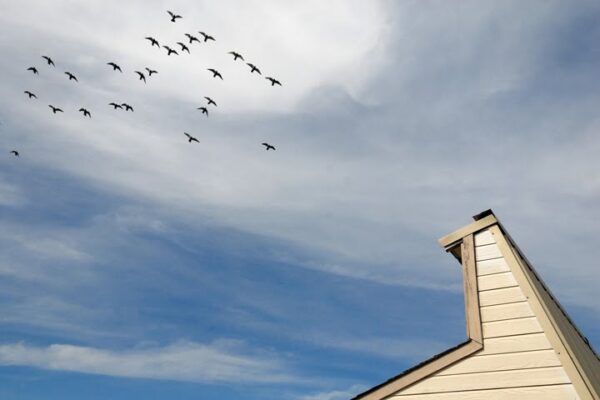
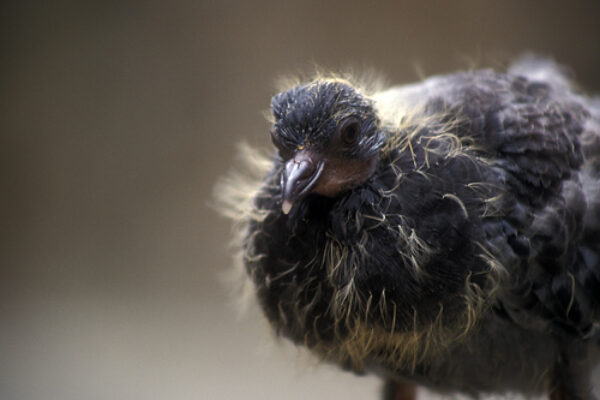
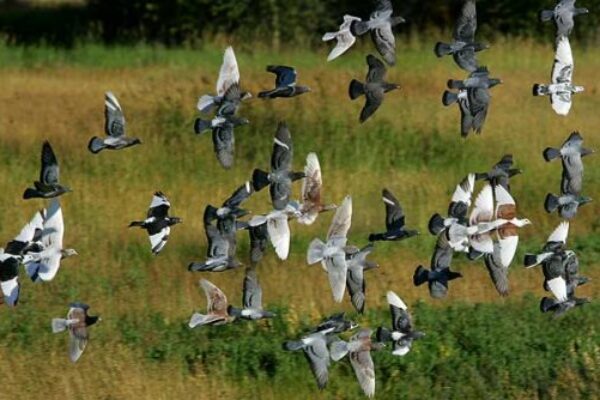

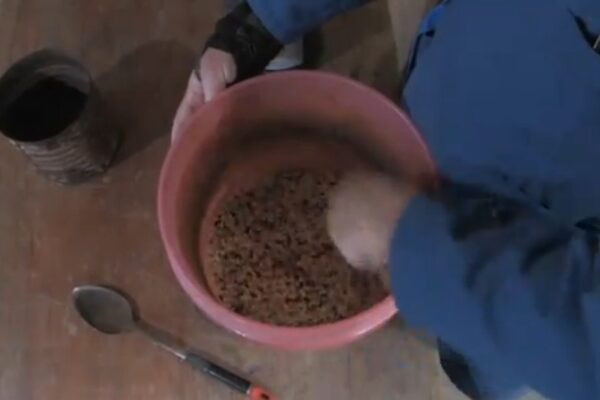


If I want to race young birds in a OLR spring race,when should I breed the breeding pairs so that the Yb are moulted out before March of 2017?